Understanding Energy Poverty and Using Clean Energy at Home

Around 14 percent of the world’s population lacks access to electricity; for many more who do have access, the quality is often poor, making the tasks of daily living that require energy frustratingly difficult. Three billion people worldwide instead must rely on biomass fuels, a potential harm to human health and the environment.
In light of these statistics, the United Nations named energy access to its list of Sustainable Development Goals, a collection of global targets to diminish poverty and improve environmental conditions that affect human health. But energy poverty, the lack of access to clean and renewable energy, can be hard to imagine for people with an abundance of energy in their homes.
Continue reading for more information to better understand the realities of energy poverty and to make more efficient and equitable decisions about energy use.
Understanding Energy and Access
Energy from renewable sources that produces no emissions (e.g., solar, wind)
Gases and particles released or emitted into the air (e.g., carbon dioxide)
The combination of energy sources available in a community
The lack of access to clean, renewable and reliable energy sources
Energy from sources that cannot be easily replenished (e.g., natural gas)
Energy from sources that naturally replenish over time (e.g., hydropower)
How Does Access to Clean Energy Affect the Climate and Human Health?
Energy can take many forms:
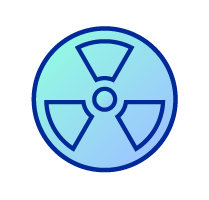
NUCLEAR
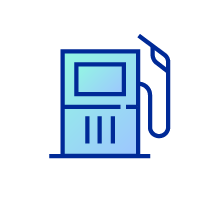
GASOLINE

KEROSENE
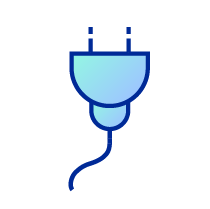
ELECTRIC
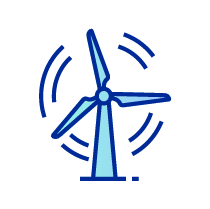
TURBINE (WIND)
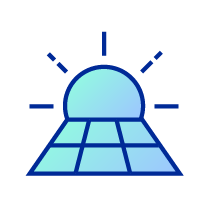
SOLAR

HYDROPOWER
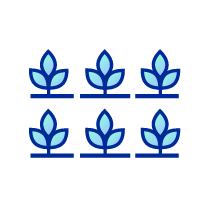
BIOMASS
Biomass fuels are developed from organic material produced by animals and plants, including wood, animal manure, garbage and crops. These materials can be developed, naturally or chemically, into fuel that can be burned for energy.
Each form of energy has a different effect on the environment and on the people using it. Clean, modern energy sources — such as hydropower and electricity — help reduce poverty, increase access to education and improve public health.
Clean energy is derived from renewable sources that create zero emissions, or substances discharged into the air. Renewable refers to energy sources that are not depleted when used and that replenish naturally, such as solar power or biomass. Renewable energy sources are often, but not always, clean. Biomass fuels, for instance, are renewable but not clean because of the carbon emissions they produce.
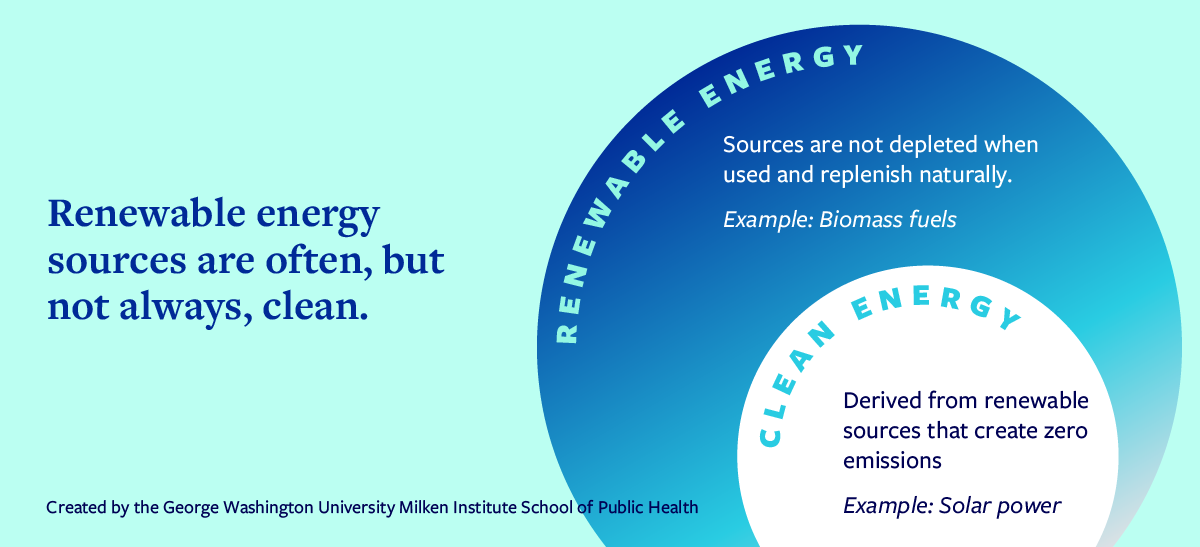
An entire country can experience energy poverty if its energy mix does not include clean, renewable sources. An area’s energy mix is determined by the available resources and energy policy in the community.
The energy mix in the United States, for example, consists of 92.6 percent non-renewable sources and 7.4 percent renewable sources, according to 2016 data from the International Energy Agency. Even though the United States uses mostly non-renewable energy, its residents are not experiencing energy poverty because clean and renewable energy is available and accessible.
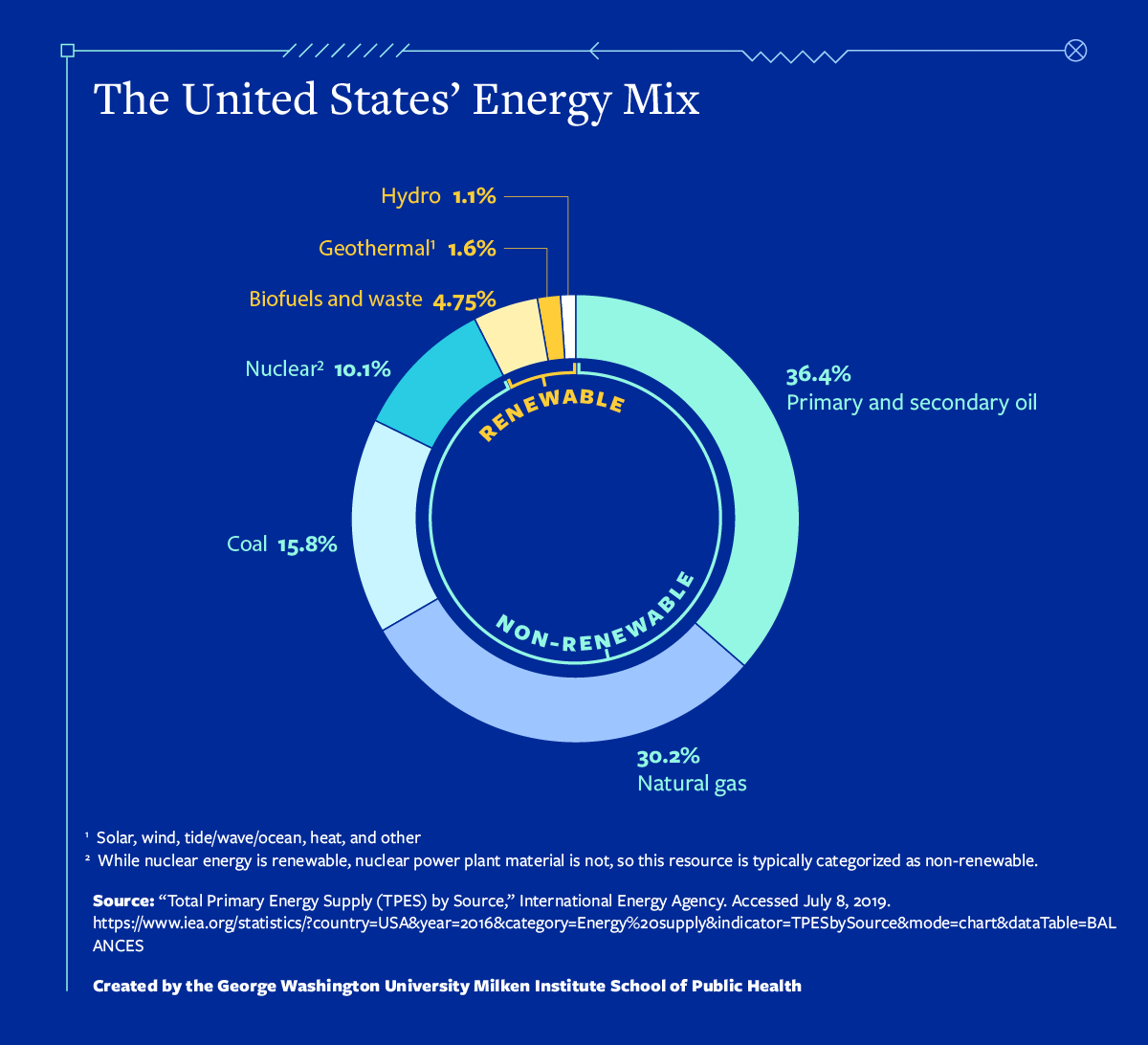
An individual or family may experience energy poverty if they cannot afford access to energy, even if they live in countries where sources are abundant. For example, the BBC reported on Spain’s “energy poverty deaths” in 2014, including an elderly woman who could not afford her energy bill. The candle she was using to light her apartment started a fire that led to her death.
South Sudan, on the other hand, is considered by the International Energy Agency to be one of 20 “high-impact countries,” where two-thirds of the world’s population live without access to electricity. Around 75 percent of available energy is nonrenewable and 25 percent is renewable.
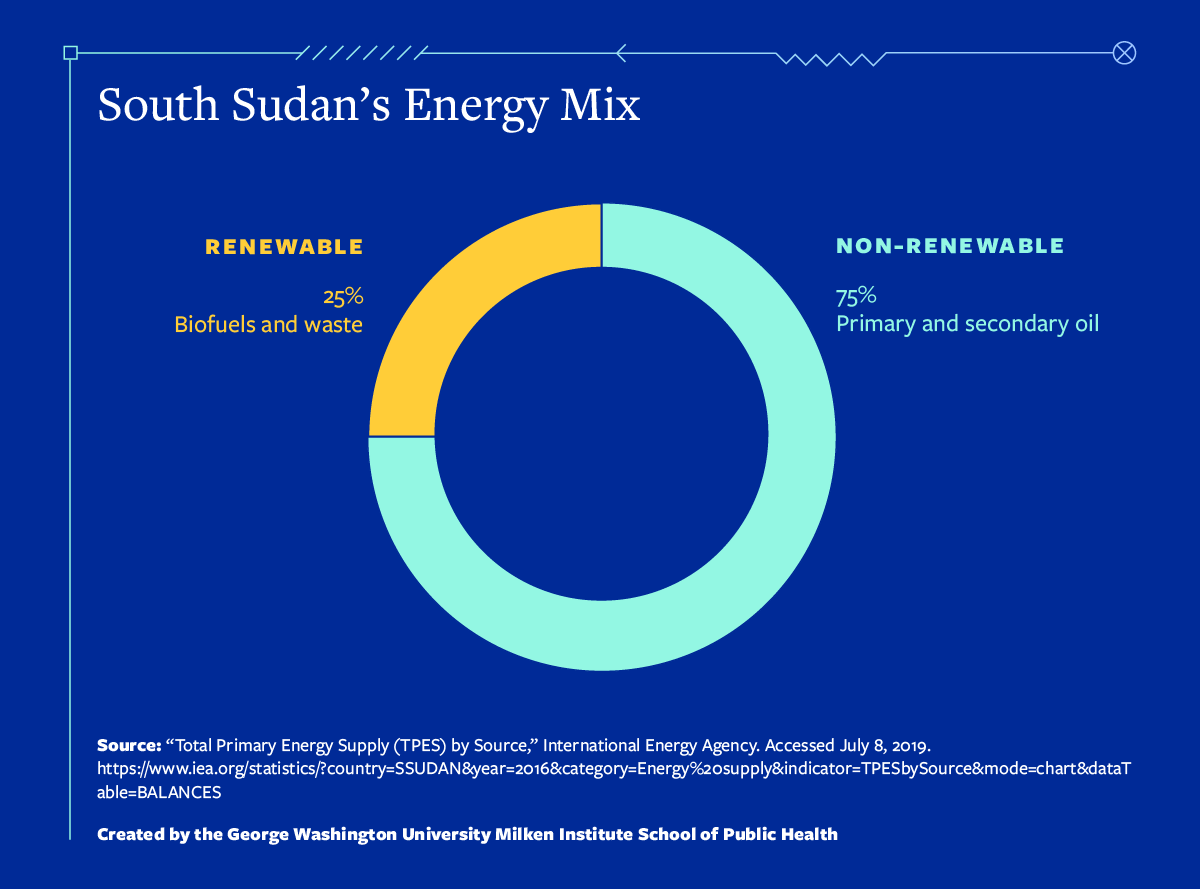
To learn more about the energy mix in places around the world, visit the International Energy Agency’s Statistics & Data page and explore by country.
How Does Clean Energy Affect Health at Home?
There are many ways in which energy is consumed in the home environment that can affect a person’s health, including food preparation. Stovetops, used to prepare meals at home, are one of a household’s main uses of energy. Without access to electricity or another source of clean energy, individuals in locations that are energy-limited end up using open fires and solid fuels for cooking.
While effective and even flavorful for cooking, regularly using open flames powered by solid fuel can be harmful to human and environmental health. The smoke produced by such fires causes indoor air pollution, a respiratory risk that is connected to the death of up to 4 million people each year, according to a 2014 study in The Lancet. This risk is especially high for women, who still do most of the cooking in many countries, and their children.
lack access to clean cooking fuels and technology.
— Sustainable Energy for All
22%
in rural areas compared to 78% in urban areas.
— Sustainable Energy for All
3.8 million deaths,
primarily of women and children.
— Tracking SDG7: The Energy Progress Report 2019
Beyond air pollution, “energy poverty primarily affects health care, education and economic development, and women and girls are affected most of all,” said Steve Huff, a sustainable energy entrepreneur.
This is because the task of gathering solid fuels, which often must be found far from home, typically falls on women and children, making them vulnerable to being assaulted as they travel. Day-long searches for fuel also steal time away from personal development, including pursuing an education or even seeking appropriate health care. Sustainable Energy for All predicts that the lives of 800,000 children could be saved by replacing open fires and stoves with clean cooking technology.
Clean cooking means cooking practices that use renewable and efficient energy sources. Countries with less access to electricity (produced by any energy source) tend to also have less access to clean cooking fuels and technology, as the scatterplot below suggests.
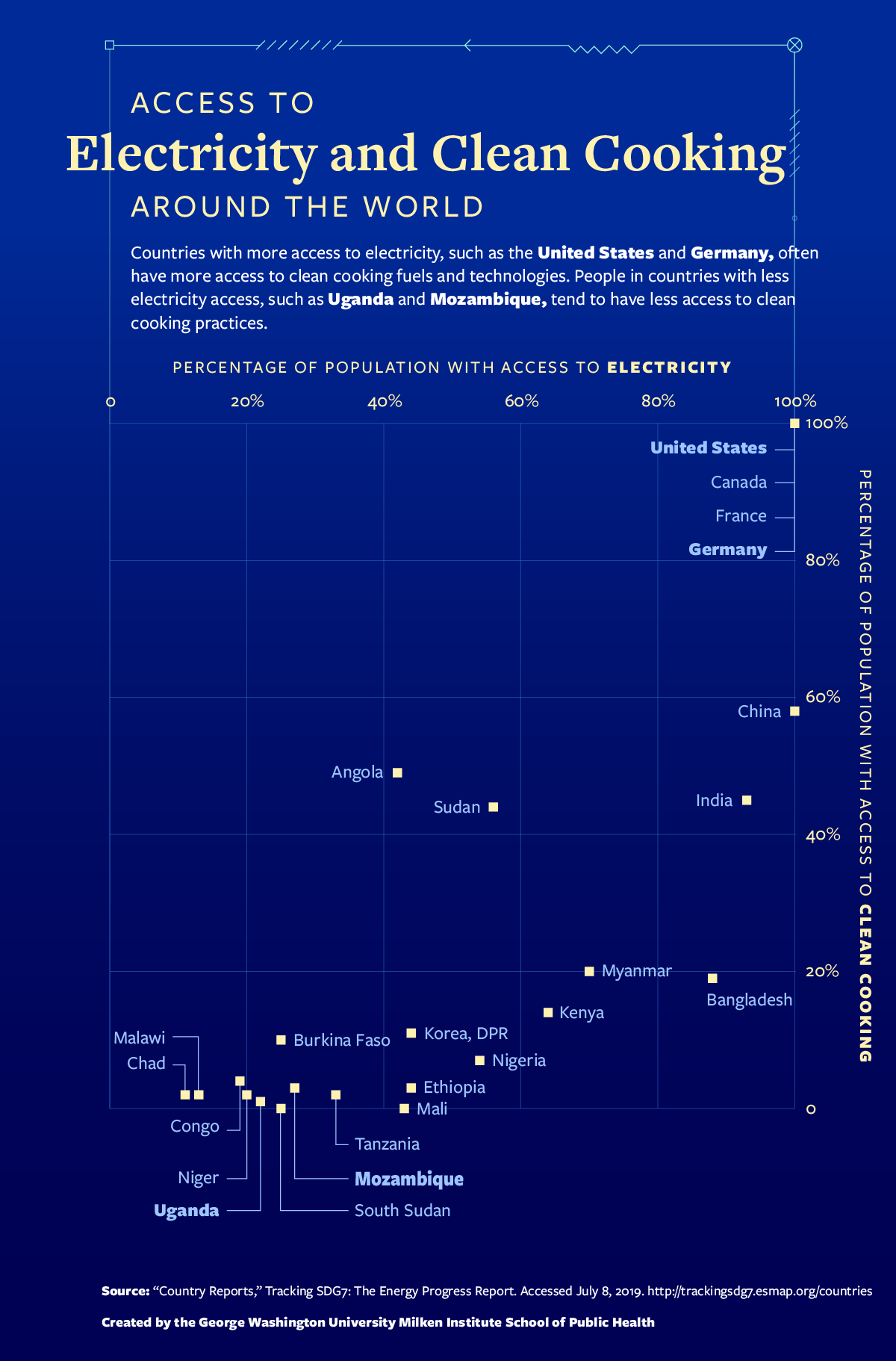
Go to a tabular version of “Access to Electricity and Clean Cooking Around the World.”
For example, in the Democratic People’s Republic of Korea, less than half of the population (44 percent) has access to electricity, and only 11 percent have access to clean cooking. The inverse also tends to hold: In the United States, Canada, France and Germany, 100 percent of people can access electricity and clean cooking technologies.
How to Increase Access to Renewable Sources of Clean Energy
People living in energy abundance can take action steps to develop a more complete picture of energy access around the world and help improve access to clean, renewable sources in all areas.
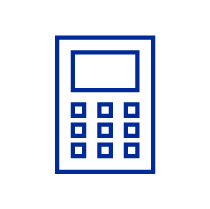
Become aware of your own energy consumption.
Calculating how much electricity you use each day can help you understand the challenges of living in energy poverty and reveal opportunities to decrease your consumption. Save On Energy offers a step-by-step guide: Multiply the wattage of each device you use by the number of hours you use it for an estimate of your household energy use.

Learn about the energy mix in your own neighborhood.
Energy mix can differ by region, based on policy and geographic resources. To find energy mix, look up your state or region on the U.S. Energy Information Administration website. Specifically, note the tabs “Consumption by Source” and “Electricity” for a picture of your area’s energy use.
As you review data for your region, ask:
- Which energy source is used most in my region? Why?
- How does this affect the climate and environment?

Choose energy-efficient appliances.
Look for devices with the blue “Energy Star” label. These appliances have been reviewed and certified by the Environmental Protection Agency as efficient, cost-saving and helpful to people trying to reduce their household emissions.

Engage in energy-saving behaviors at home.
Tips for using less energy are well-documented by sources including the U.S. Department of Energy and The Milken Institute School of Public Health at the George Washington University. Recommendations include:
- Turn off air conditioning, especially when sleeping.
- Wash clothes with cold water.
- Bundle online purchases.
- Ask your utility company how to opt in to renewable energy.
- Install high-efficiency windows or use insulated curtains or reflective blinds.

Support energy infrastructure and clean energy technology if you are financially able.
Investing in clean energy can help build efforts to reduce the cost of producing renewable energy and make these sources — such as solar and wind — more widely available. Support organizations that focus on developing and distributing clean cooking technology, such as Clean Cooking Alliance.
Where Can I Learn More About Clean Energy and Cooking Methods?
Visit the following websites for more information about efforts to reduce energy poverty and improve access to clean cooking:
- 11 Ways to Reduce Your Holiday Carbon Footprint — The Milken Institute School of Public Health at the George Washington University
- Affordable and Clean Energy — The Global Goals for Sustainable Development
- Clean Cooking — Sustainable Energy for All
- Clean Cooking Alliance
- Energy Access Outlook 2017— International Energy Agency
- Is Sustainable Living Possible for Everyone? — The Milken Institute School of Public Health at the George Washington University
- Realistic Ways You Can Combat Climate Change, Today — The Milken Institute School of Public Health at the George Washington University
- The Right Balance: Mixing Energy Sources — National Geographic (educational activity for students)
- Sustainable Development Goal 7 — Sustainable Development Goals Knowledge Platform
The following section contains tabular data from the graphic in this post.
Access to Electricity and Clean Cooking Around the World
| Country | Percent of population with access to electricity | Percent of population with access to clean cooking |
|---|---|---|
United States | 100 | 100 |
Canada | 100 | 100 |
France | 100 | 100 |
Germany | 100 | 100 |
China, People’s Republic of | 100 | 58 |
India | 93 | 45 |
Bangladesh | 88 | 19 |
Myanmar | 70 | 20 |
Kenya | 64 | 14 |
Sudan | 56 | 44 |
Nigeria | 54 | 7 |
Ethiopia | 44 | 3 |
Korea, DPR | 44 | 11 |
Mali | 43 | 0 |
Angola | 42 | 49 |
Tanzania, United Republic of | 33 | 2 |
Mozambique | 27 | 3 |
South Sudan | 25 | 0 |
Burkina Faso | 25 | 10 |
Uganda | 22 | 1 |
Niger | 20 | 2 |
Congo, Democratic Republic of | 19 | 4 |
Malawi | 13 | 2 |
Chad | 11 | 2 |
Source: “Country Reports,” Tracking SDG7: The Energy Progress Report. Accessed July 8, 2019.
Citation for this content: MPH@GW, the George Washington University online Master of Public Health program


